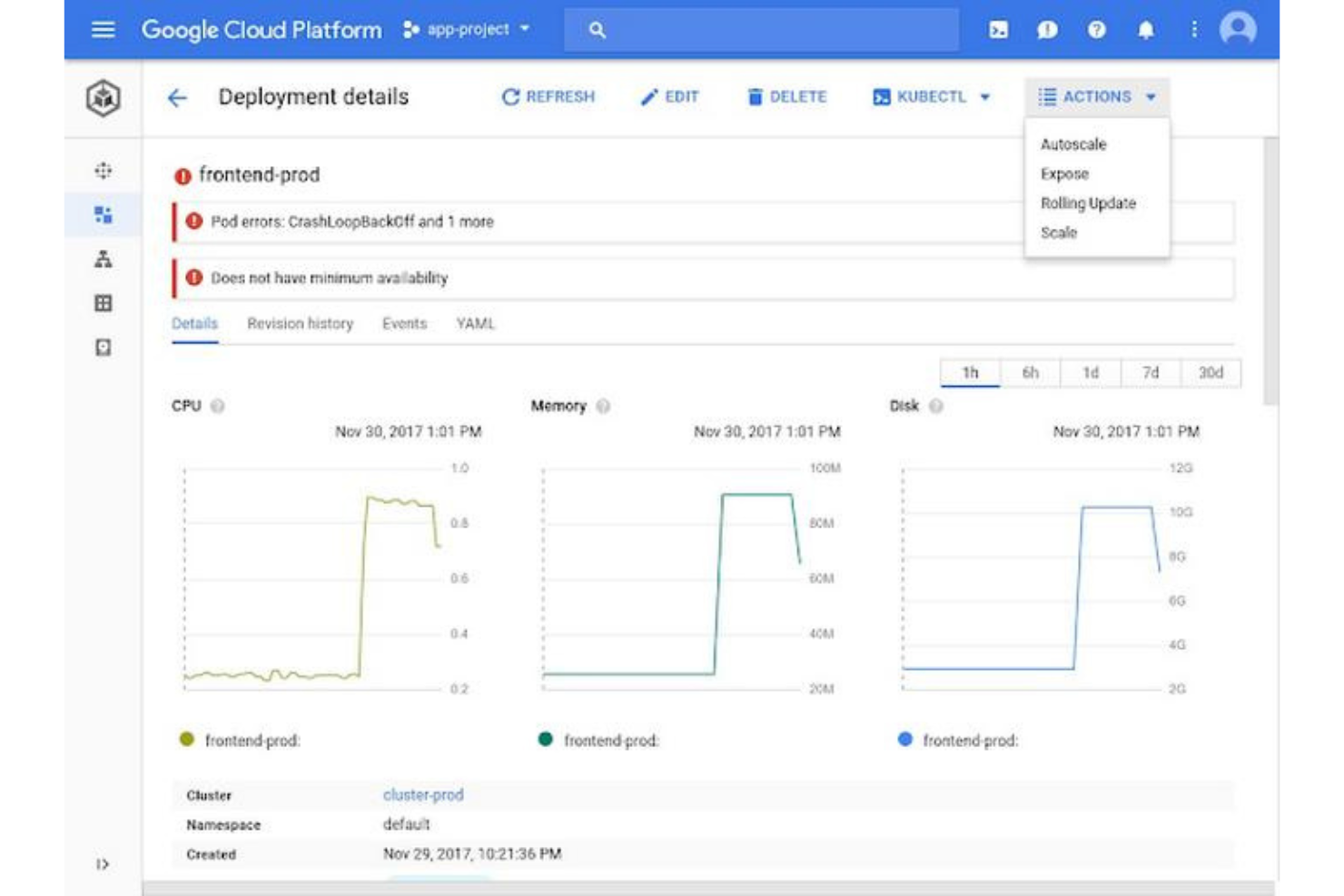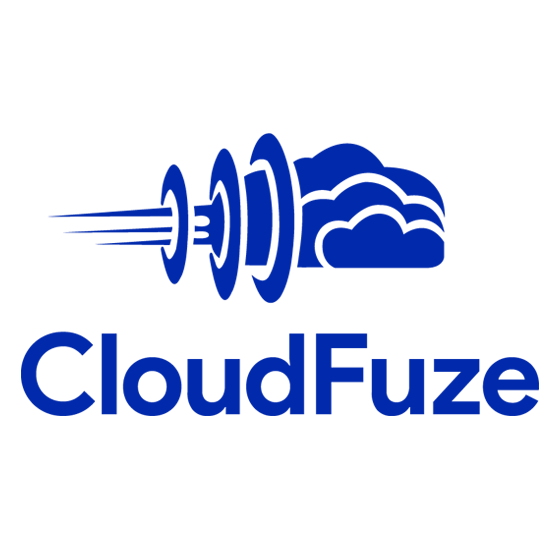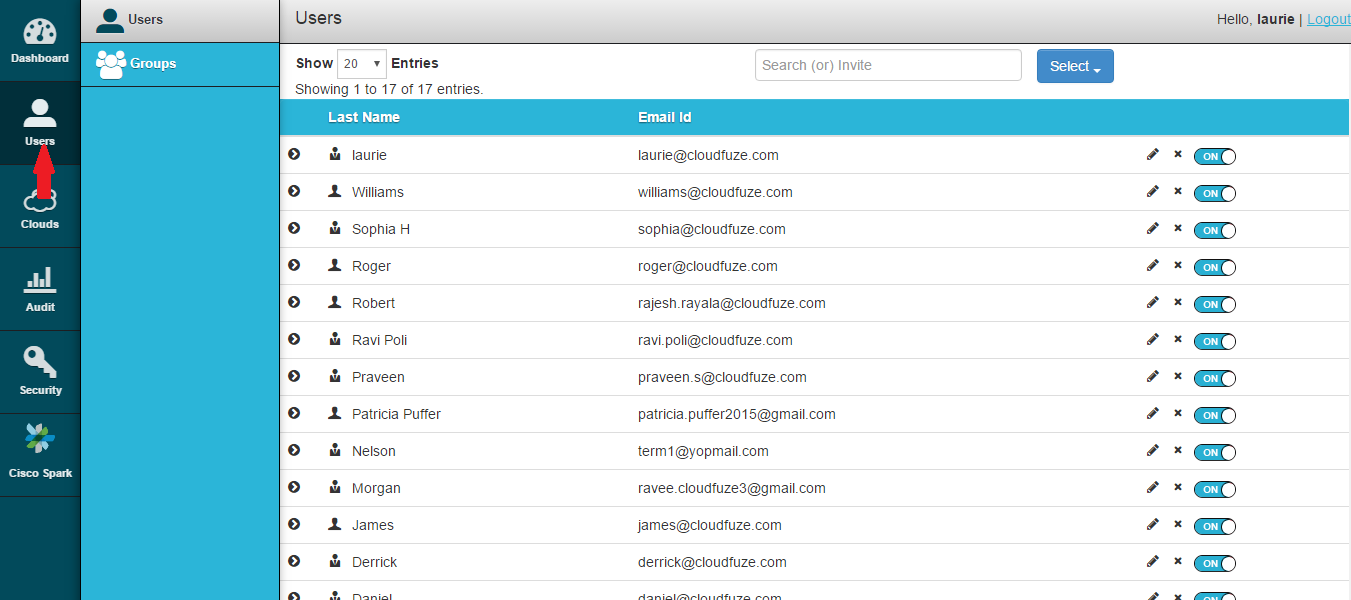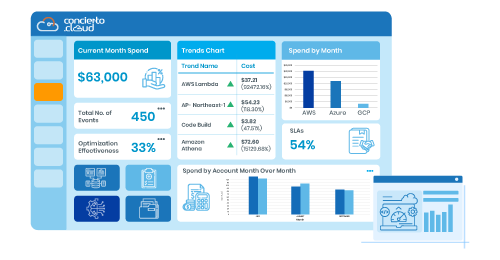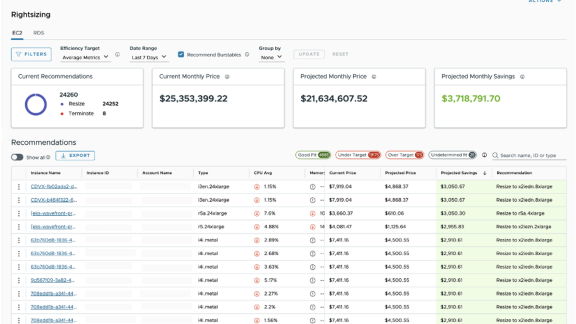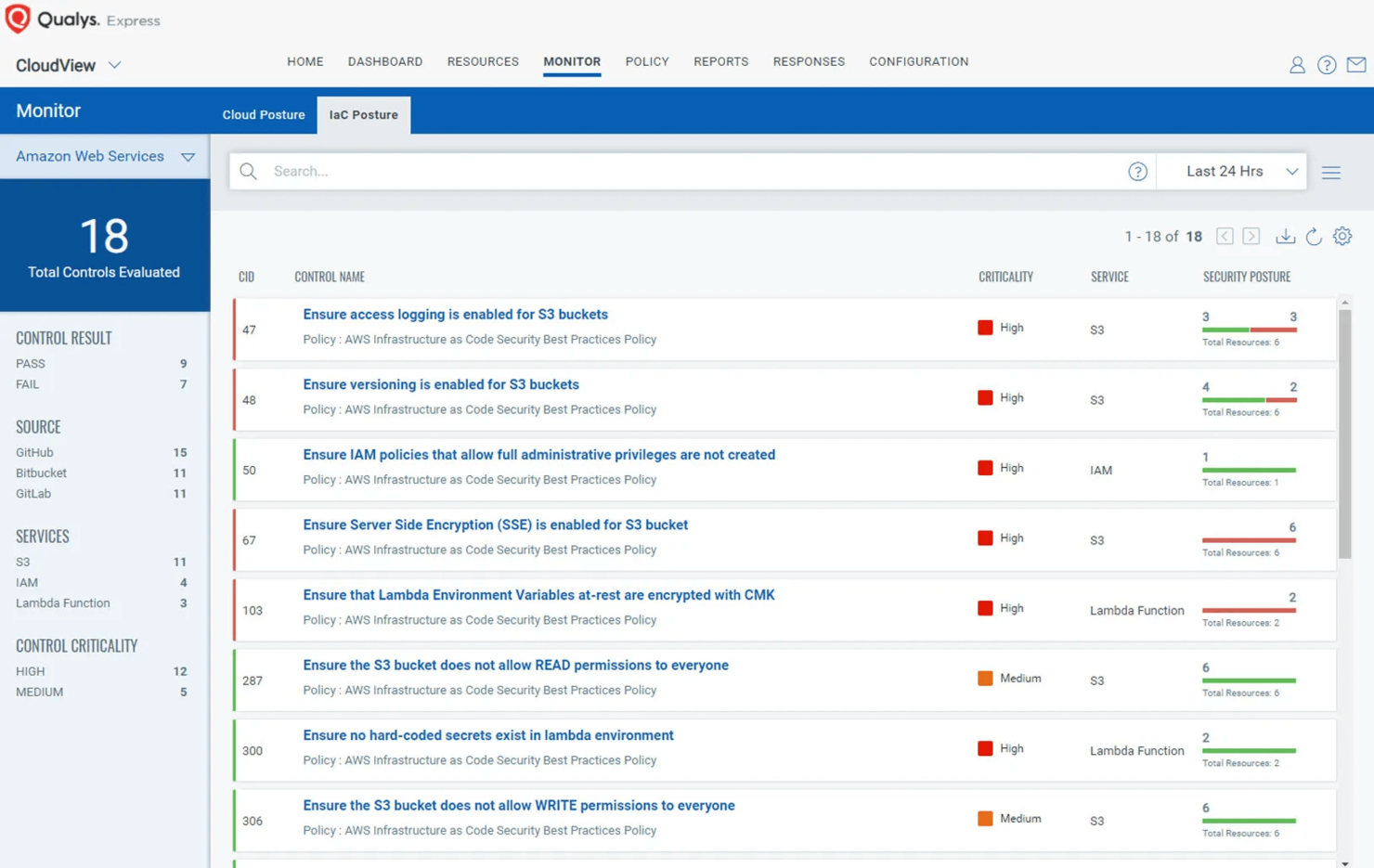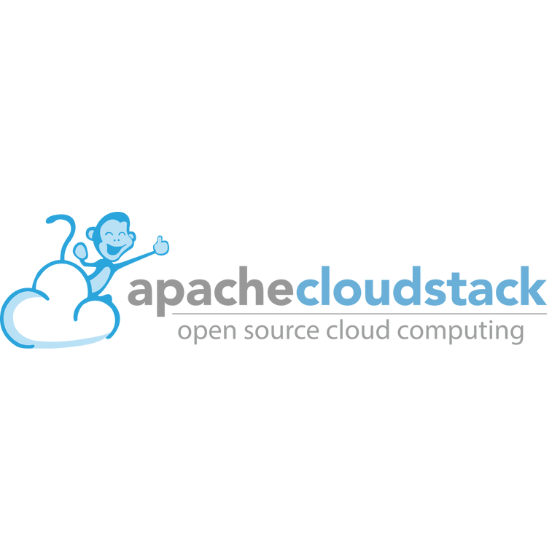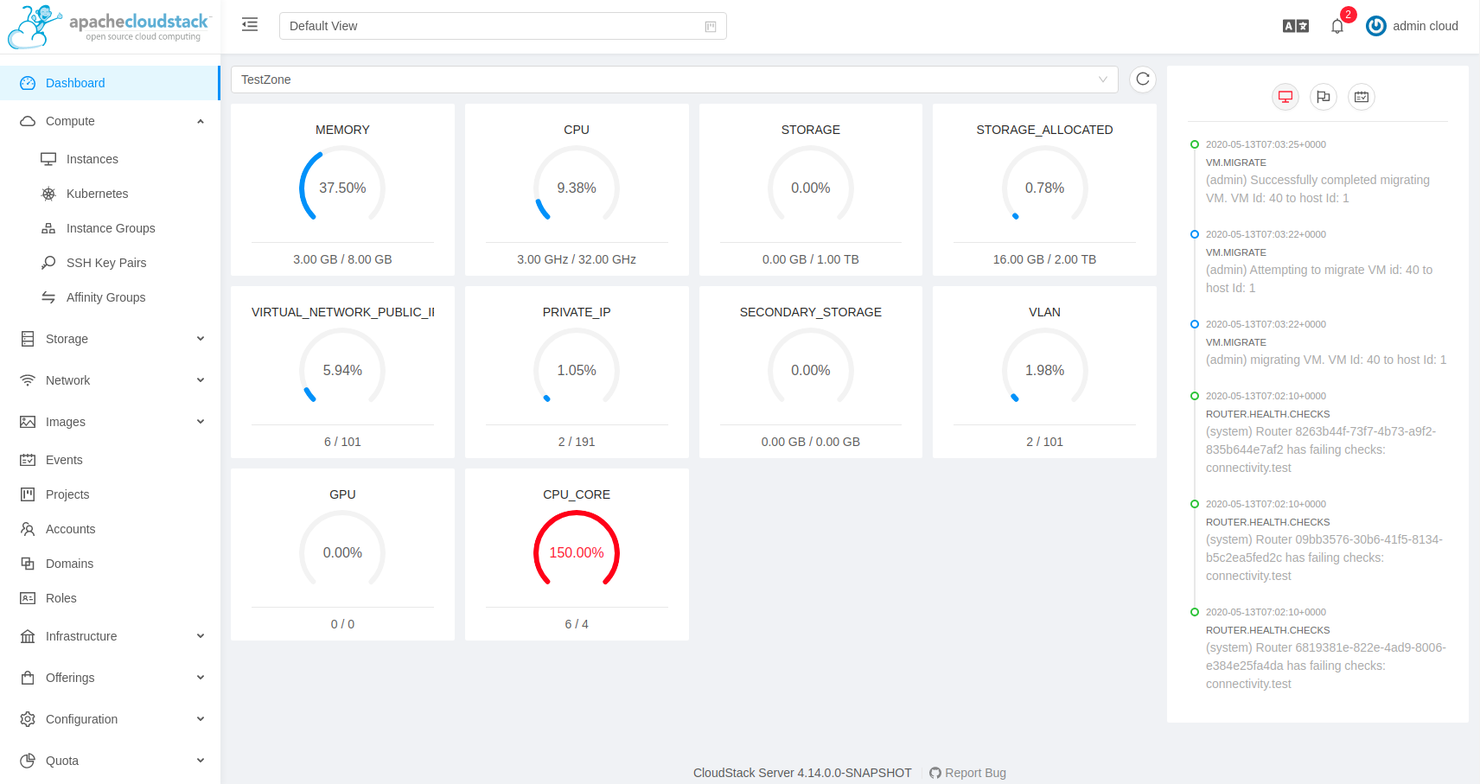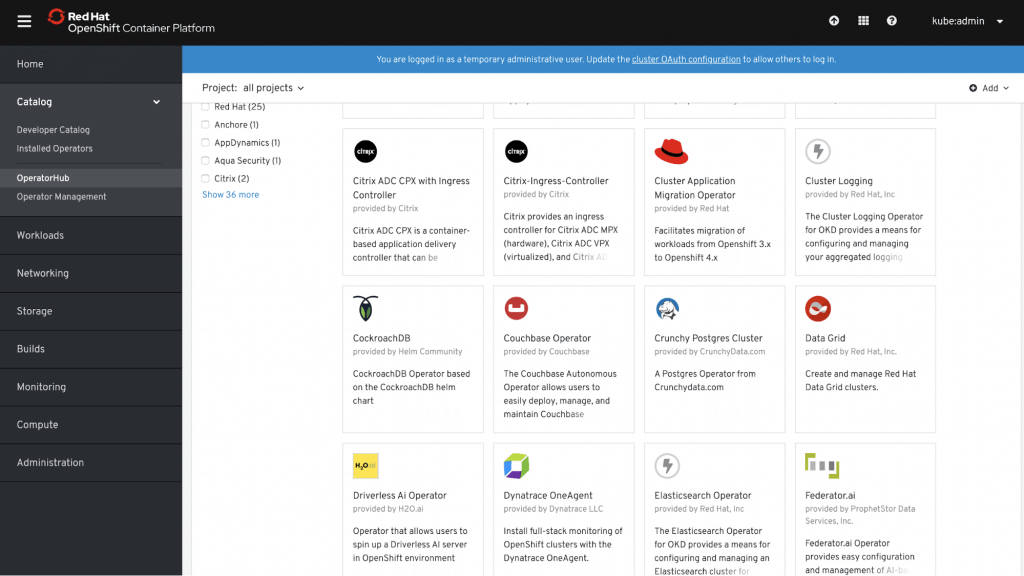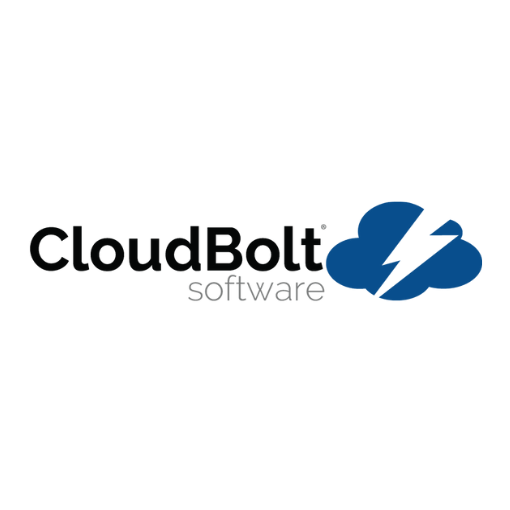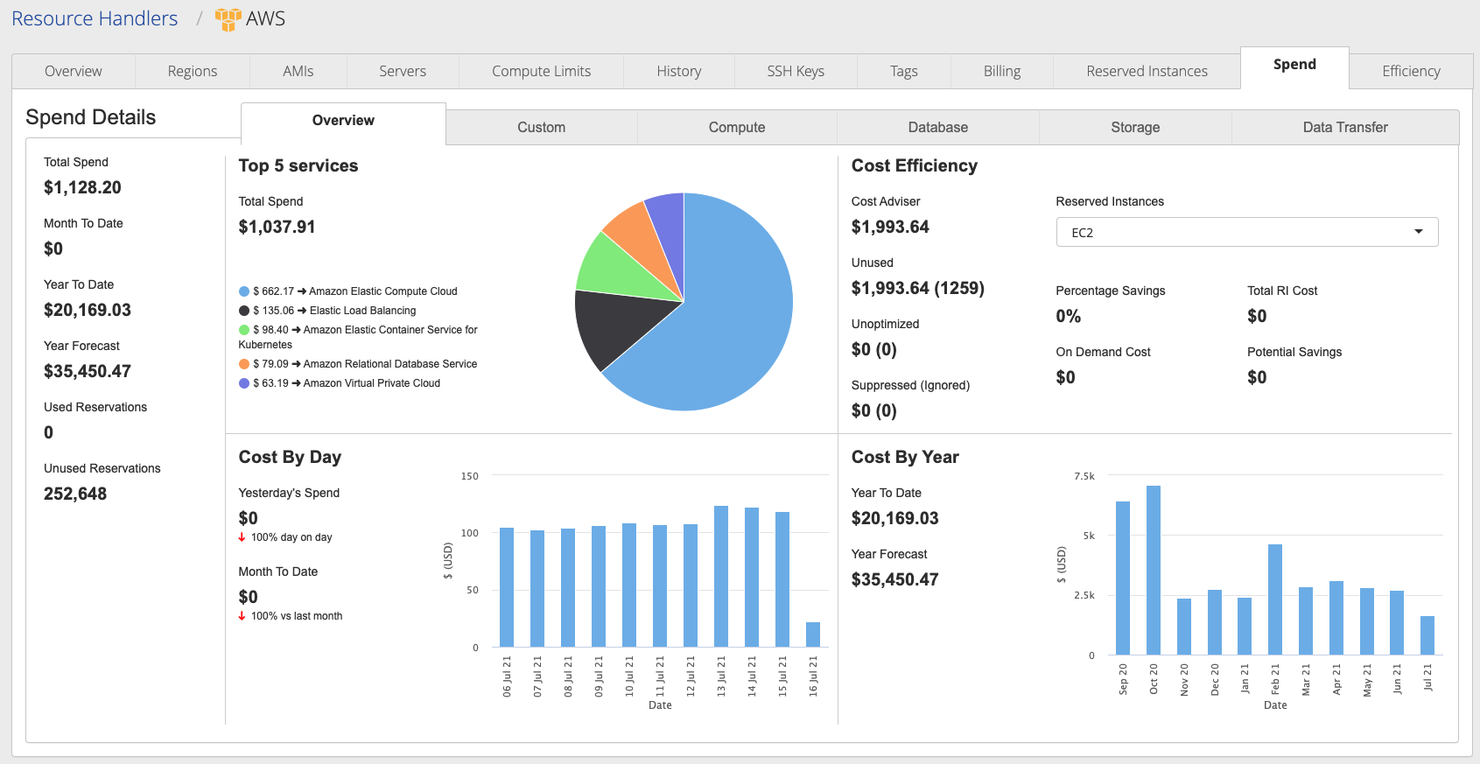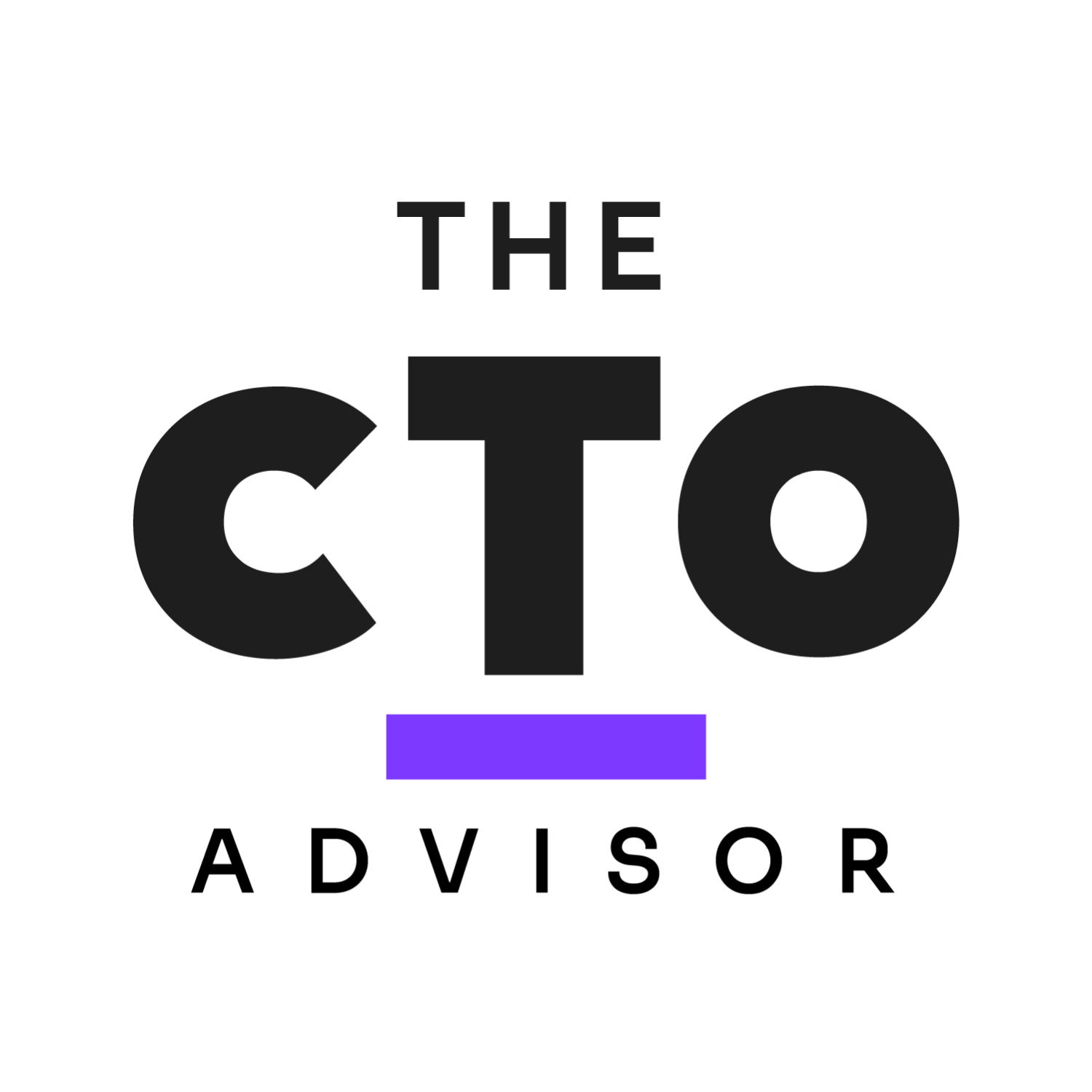10 Best Cloud Management Platforms Shortlist
Here's my pick of the 10 best software from the 20 tools reviewed.
Our one-on-one guidance will help you find the perfect fit.
Cloud storage gives your team more flexibility on various fronts, from collaboration to access, but it can get harder to manage the more it grows. As someone that’s worked with cloud computing for nearly as long as it’s been a thing, I know the best ways to address these issues, and I came up with this list to help anyone that doesn’t.
What Is A Cloud Management Platform?
A cloud management platform (CMP) allows you to monitor and control functions and resources across public, private, and hybrid clouds. Aside from keeping tabs on items you have in storage in the cloud, you can also handle tasks such as computing, resource allocation, and user access.
Best Cloud Management Platforms Summary
| Tools | Price | |
|---|---|---|
| Google Cloud | Pricing upon request | Website |
| CloudFuze | From $9.99/user/month | Website |
| CoreStack | From $49/user/month | Website |
| Concierto Cloud | Pricing upon request | Website |
| Snow Commander | Pricing upon request | Website |
| VMware Aria Cost Powered by CloudHealth | Pricing upon request | Website |
| TotalCloud | From $49/month | Website |
| Apache CloudStack | Open source project and Available for free | Website |
| Red Hat OpenShift Container Platform | From $83.33/month (billed annually, exclude AWS infrastructure fees) | Website |
| Cloudbolt | From $708.33/month (billed annually) | Website |
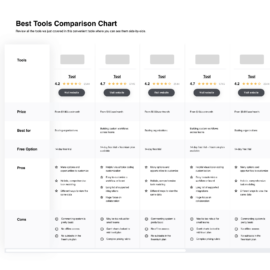
Compare Software Specs Side by Side
Use our comparison chart to review and evaluate software specs side-by-side.
Compare SoftwareBest Cloud Management Platforms Reviews
In these next sections, I’ll go into my favorite cloud management platforms, including the pros and cons, pricing information, and the criteria I used for my selections.
Google Cloud is a cloud management platform designed for enterprises to unify and manage multi-cloud environments. It supports teams in optimizing infrastructure, managing workloads, and ensuring security across diverse cloud deployments.
Why I picked Google Cloud: Google Cloud enables your team to control resources across various cloud providers and simplify the orchestration of hybrid cloud environments with its Anthos tool. Its powerful automation tools help reduce manual intervention, improving efficiency. Google Cloud also boasts strong built-in security and compliance features, so your team can focus on scaling operations while maintaining high standards of protection.
Google Cloud Standout Features and Integrations:
Features include centralized workload management, Anthos for hybrid and multi-cloud orchestration, and built-in security controls. Your team can also use AI and machine learning tools to streamline operational efficiency. Additionally, automation features reduce the need for manual oversight in managing infrastructure.
Integrations include Firebase, BigQuery, Cloud SQL, Cloud Spanner, Cloud Functions, Dataflow, Pub/Sub, AI Platform, Cloud Run, and Anthos.
Pros and cons
Pros:
- Flexible resource allocation
- Strong security and compliance
- Reduces manual management
Cons:
- Limited documentation on advanced features
- Requires skilled cloud engineers
CloudFuze’s main focus with its core product seems to be on cloud migrations, but during the course of my time with it, I found it handles user access very well.
Why I Picked CloudFuze:
I found CloudFuze’s cloud file security features to be quite comprehensive for user access management, with an entire page dedicated to it. You can add and delete user accounts, as well as edit their status to or from administrators. If you have several users you need to keep track of, you can group them into teams that you manage with bulk actions.
CloudFuze Standout Features and Integrations
Features that made me recommend CloudFuze for user access management include API keys and secure cloud access that let you control who can access your cloud from external platforms. There’s also an audit function that shows you how the files you’ve shared are being used, with information on general access and downloads.
Integrations are pre-built for major cloud platforms as well as Slack, Microsoft Teams, Defender, and Sharepoint.
Pros and cons
Pros:
- Strong file security features
- Comprehensive user access control
- Easy migrations
Cons:
- Free trial is often unavailable in favor of a demo
- Web-only, no apps
CoreStack is a multi-cloud governance platform that supports major providers like Azure, Google Cloud, Oracle Cloud, and AWS.
Why I Picked CoreStack:
I chose CoreStack because of its FinOps Maturity Assessment Reports, which I found to be very detailed when it came to my spending. It made forecasts to tell me whether my current spending habits were sustainable with my budget and even provided suggestions for cost savings and optimizations.
CoreStack Standout Features and Integrations
Features that make CoreStack great for FinOps, in my opinion, include real-time monitoring for drifts in your spending with alerts that get you back in line. You also get alerts as soon as services deploy, so you know exactly what’s using up resources in your environments, making it easier to manage costs.
Integrations are pre-built for major cloud providers, as well as Nagios, Zabbix, Nessus, Chef, and ServiceNow. There are also several APIs that allow you to connect to other tools.
Pros and cons
Pros:
- Complies with several regulations and standards
- Strong multi-cloud governance features
- Supports large-scale FinOps
Cons:
- Somewhat dated UI
- Slightly vague language in reports
Concierto Cloud is a CMP that has put a lot of work into its migration features and made it its core offering, so it was the first thing I tested.
Why I Picked Concierto Cloud:
As soon as I got my hands on Concierto, I went straight to its migration function, where I found that it provides an in-depth assessment beforehand on factors like cost and compatibility. I loved this feature because it gave me all the information I wouldn’t have found out without extensive manual research or firsthand after moving clouds when it was likely too late.
Concierto Cloud Standout Features and Integrations
Features I liked in Concierto for migration include the extensive cataloging it does of your environments, so you only bring over what you need. It also automatically decommissions workloads from the original source, so you’re not left holding the bag after moving.
Integrations are pre-built for major cloud providers as well as Jira, ServiceNow, New Relic, Datadog, Dynatrace, and AppDynamics.
Pros and cons
Pros:
- Bulk data center and attached storage migrations
- Catalog-based migrations
- Pre-migration assessment
Cons:
- Limited product information for non-subscribers
- Sparse documentation
Snow Commander is a cloud management platform from Snow Software that focuses mainly on hybrid clouds and puts automation at its forefront.
Why I Picked Snow Commander:
I chose Snow Commander because of its automated service management feature, which allows you to set timed windows after which resources are decommissioned. This makes it easy to manage virtual machines like the ones I’d built with VMware where I was running my tests. You get notifications and have the option to delay this, so you can keep resources available for as long as you need them without worrying about sprawl.
Snow Commander Standout Features and Integrations
Features that made managing my environments with Snow Commander easy include a self-service portal where you can request new VMs from a service catalog or changes to existing instances, so it’s easier to operate these environments. It also provides reporting and analytics, and I found the information on VM sprawl and growth important for keeping my environments under control.
Integrations are pre-built for major cloud providers as well as ServiceNow, Ansible, Jenkins, BMC Helix, Topdesk, Puppet, Chef, Saltstack, Cherwell, and Slack.
Pros and cons
Pros:
- Customizable service catalog
- Automated lifecycle management
- Several integrations
Cons:
- Slow customer service response
- Costs can add up
Best for multi-cloud monitoring and reporting
The first time I heard about CloudHealth was in 2018 when VMware announced it had acquired the multi-cloud management company for an estimated $500 million, so they must have been doing something right. In 2022, VMware rebranded it into VMware Aria Cost powered by CloudHealth, and that’s the version I’ve tested for this article.
Why I Picked VMware Aria Cost:
I chose VMware Aria Cost because of its wide support for most major cloud providers, including Google Cloud, Azure, Alibaba Cloud, AWS, Oracle Cloud, and VMware itself. On all these platforms, you can use it to generate in-depth insights into your cloud providers in areas ranging from FinOps to security.
VMware Aria Cost Standout Features and Integrations
Features I liked in VMware Aria Cost for multi-cloud monitoring and reporting include the multi-cloud history report, which gives you information on historical trends and activity within your cloud environments. The FlexReports feature allows you to generate insights from different areas of your cloud environments for in-depth analysis regarding aspects such as assets and costs.
Integrations are available natively with VMware and other Aria offerings, including Operation, Hub, and Automation. You also get built-in integrations for Azure, Google Cloud, AWS, Alert Logic, Logicworks, Ansible, Bulletproof, Shi, New Relic, and Docker.
Pros and cons
Pros:
- Strong monitoring and analytics features
- Easy to deploy
- Supports major cloud service providers
Cons:
- Weak performance on mobile and tablets
- Limited documentation
TotalCloud is a CMP from Qualys, a company that also specializes in other cloud-related solutions covering security and compliance.
Why I Picked TotalCloud:
TotalCloud came with Qualys Flow, which I used during my tests to automate several functions, and it worked very well, in my opinion. For instance, I used it to orchestrate security-related tasks, and it handled them from end to end, from scanning my deployment for vulnerabilities all the way to remediation.
TotalCloud Standout Features and Integrations
Features that stood out to me when I was examining TotalCloud include the built-in security provisions that echo the rest of the offerings from Qualys, most of which you can leave to run automatically.
For example, FlexScan gives you agentless security scans but also allows you to run network and agent-based scanning if you want more detailed reports. TruRisk uses a risk-based approach to security for your cloud environments to protect you from threats like malware and ransomware.
Integrations are pre-built for major cloud providers and available natively with other Qualys products such as InstaProtect, FlexScan, Flow, and TruRisk.
Pros and cons
Pros:
- Useful native integrations for security
- Strong automation features
- Free plan available
Cons:
- Costly to bring in other Qualys integrations
- Limited customizability
CloudStack is a free open-source Infrastructure-as-a-Service (IaaS) CMP from Apache meant for use on both on-premise and hybrid environments.
Why I Picked Apache CloudStack:
As I’ve mentioned above, CloudStack is an Apache product, meaning it’s completely open-source and has a thriving developer community behind it. This makes it an ideal option for deployments where you need to implement functionality that you can’t find anywhere else but without needing to build everything from scratch.
Apache CloudStack Standout Features and Integrations
Features in CloudStack that I really like for working on open-source software include a powerful and extensively documented API that you can use to extend the functionality of the product with things like custom integrations. CloudStack also allows you to work with the APIs for AWS S3 and EC2.
It’s also hypervisor-agnostic, so you can run it on KVM, VMware, Citrix XenProject and XenServer, BareMetal through IPMI, vSphere through vCenter, and LXC.
Integrations are available via an API that you can use to build custom solutions to connect third-party services.
Pros and cons
Pros:
- Completely free
- Robust documentation
- Open source
Cons:
- More prone to bugs than other solutions
- No dedicated customer support; you’ll have to rely on the community
Best for container-based application development
OpenShift Container Platform is offered by Red Hat, one of the biggest contributors to various projects that support container-based development, including Kubernetes, Docker, and Linux.
Why I Picked OpenShift Container Platform:
When I was working with OpenShift Container Platform, I found out that it provides access to the source-to-image (S2I) framework that lets you create container images using your application’s source code. It supports some of the most popular languages and frameworks used in app development, including Python, Node.js, Java, PHP, .NET, Go, Ruby, and Perl.
OpenShift Container Platform Standout Features and Integrations
Features that made me recommend OpenShift Container Platform for developers include the inbuilt CI/CD pipeline that allows for rapid development over sustained periods. It also uses Prometheus, a tool that gives you monitoring capabilities and metrics for applications and clusters so you can ensure whatever you’re working on remains healthy throughout the process.
Integrations are available natively with other Red Hat products like the OpenShift Platform, Ansible, and Enterprise Linux. There’s also a REST API that allows you to build your own integrations if you need them.
Pros and cons
Pros:
- Extensive documentation
- Flexible customization options
- Built-in source-to-image framework for containerization
Cons:
- Steep learning curve
- Limited deployment options
CloudBolt is a multi and hybrid cloud management platform that supports various deployment options, including containers.
Why I Picked CloudBolt:
CloudBolt won me over with its self-service features that let me order resources like storage, compute, and application stacks and have them available almost immediately. For most of the time I spent with it, I wasn’t worried about shadow IT, when employees use hardware or software that hasn’t been approved by the IT department, because I never had to wait too long for things to get moving.
CloudBolt Standout Features and Integrations
Features I liked under CloudBolt’s self-service include what they call blueprints, which allow DevOps teams to set up and provision resources within only minutes on any deployment. You also get catalogs of your environments that make it easier to manage resources, from provisions to user roles.
Integrations are pre-built for major cloud providers, as well as Veeam, ServiceNow, Puppet, Ansible, Chef, SolarWinds, Datadog, SAML, Spunk, and New Relic.
Pros and cons
Pros:
- Several pre-built integrations
- Robust self-service features
- Flexible deployment options
Cons:
- Weaker support on lower tiers
- Bare-bones logging
Other Cloud Management Platforms
Below is a list of more cloud management platforms that didn’t make my top 10 but are still great products.
- AWS Storage Gateway
For multiple storage solutions
- Morpheus Data
For hybrid cloud management
- Azure Storage Explorer
For working with multiple resource types
- Serverless360
For monitoring Azure cloud environments
- Flexera One
For hybrid cloud visibility
- Rubrik
For cloud administrative control
- CloudKeeper
For cloud financial management services
- IBM Turbonomic
For automating critical actions in real time
- Zesty
For dynamic cloud management
- ServiceNow Cloud Management
For reducing cloud spending
Selection Criteria For Cloud Management Platforms
While making this list, I drew heavily from my experience managing cloud environments and how my needs for a comprehensive management platform have evolved over time. Here are the factors I evaluated:
Core Functionality
Some of the things I needed each platform to be able to do include:
- Support for major cloud providers (Azure, Google Cloud, Oracle, AWS, etc.) and/or on-premise deployments, meaning I didn’t consider anything that locked you into a proprietary cloud
- The ability to manage user access to ensure that anything in the cloud doesn’t fall into the wrong hands
- Support for a wide variety of server operating systems and hypervisors for virtual machines on options that can work for on-premise deployments
Key Features
The key features I was looking for include:
- Speed and minimal latency for fast access to the respective clouds
- Analytics and monitoring for easier management and diagnostics
- Security with features such as encryption and compliance with other industry standards
- Automation for repetitive tasks to make it easier for smaller teams to manage large clouds
Usability
I looked for solutions that were reliable more often than not, so I prioritized things like customer support and system availability. For tools that offloaded most functionality from the end user, I looked for a low learning curve because it was likely to attract non-technical individuals. This meant things like easily navigable interfaces where functions weren’t hidden behind several menus. In the case of the more complex ones, I was looking for how robust the documentation was for the sake of more technical users.
Value for Money
Costs for cloud storage platforms often scale with usage, and I was looking for options where the value proposition followed the same trend. For example, in the starter range of $10 to $50 a month, I expected features typical of any cloud management strategy, including multi-cloud support, user access control, and data governance as a starting point.
People Also Ask (FAQs)
If you feel you still need to learn more about cloud management platforms, I’ve collected some of the most commonly asked questions about the topic to help you:
How do cloud management platforms work?
Cloud management platforms work by giving you various tools that make it easier to monitor and manage your cloud environments. A lot of them, like user access control, are large-scale versions of things you’d be able to do manually on a smaller deployment, but several of them, like security features, are extras that you’d otherwise not have.
Are cloud computing and cloud management the same?
Cloud computing allows you to access computer functionality like storage, processing, and applications via the internet, so you don’t need to build or maintain any physical hardware. Cloud management is the process of organizing and maintaining these functions with tasks like diagnostics, resource allocation, and deployments to ensure that cloud environments run as intended.
Why is cloud management important?
Cloud management is important because it allows you to make it easier to own and work within cloud environments, even as they grow to considerable sizes. For example, they’re time-savers because you can safely automate functions and centralize management.
Related Cloud Software Reviews
- Cloud service providers
- Cloud security tools
- Cloud platforms as a service
- Cloud storage tools
- Cloud development platforms
Final Thoughts
Choosing the right cloud management platform can help you consolidate all of your cloud data, resources, and infrastructure into one place. It can also help you easily evaluate, monitor and adjust your cloud information to suit your unique business requirements.
Subscribe to The CTO Club newsletter for more insights into the latest SaaS solutions.


